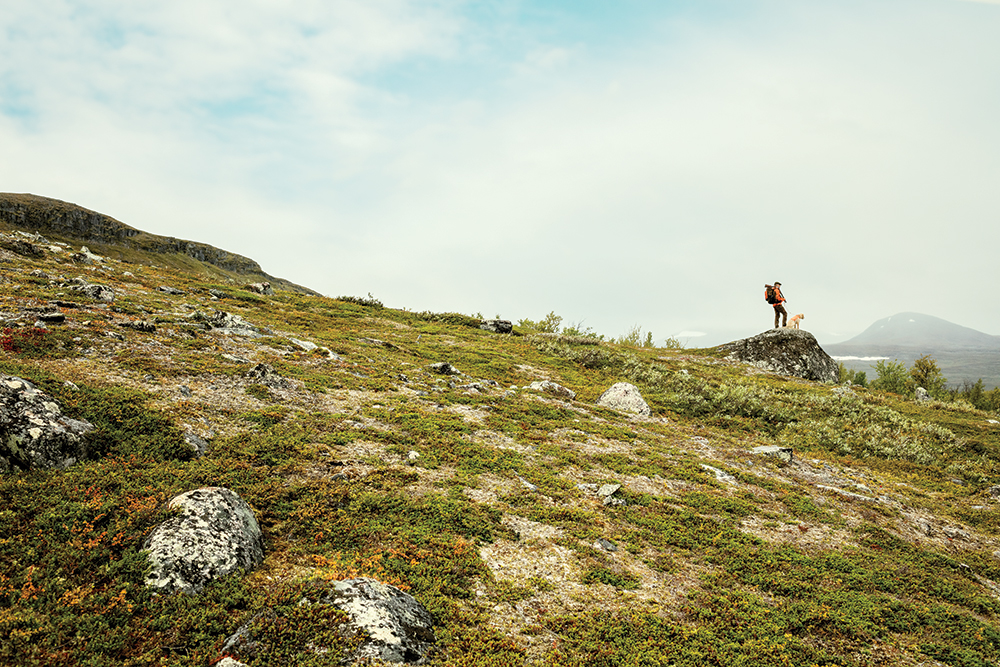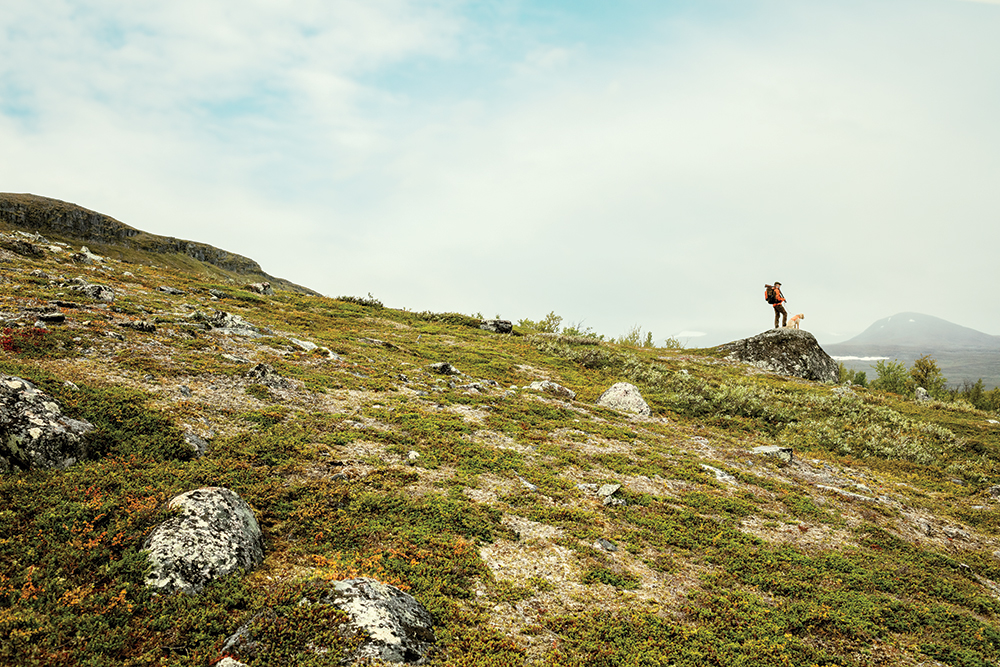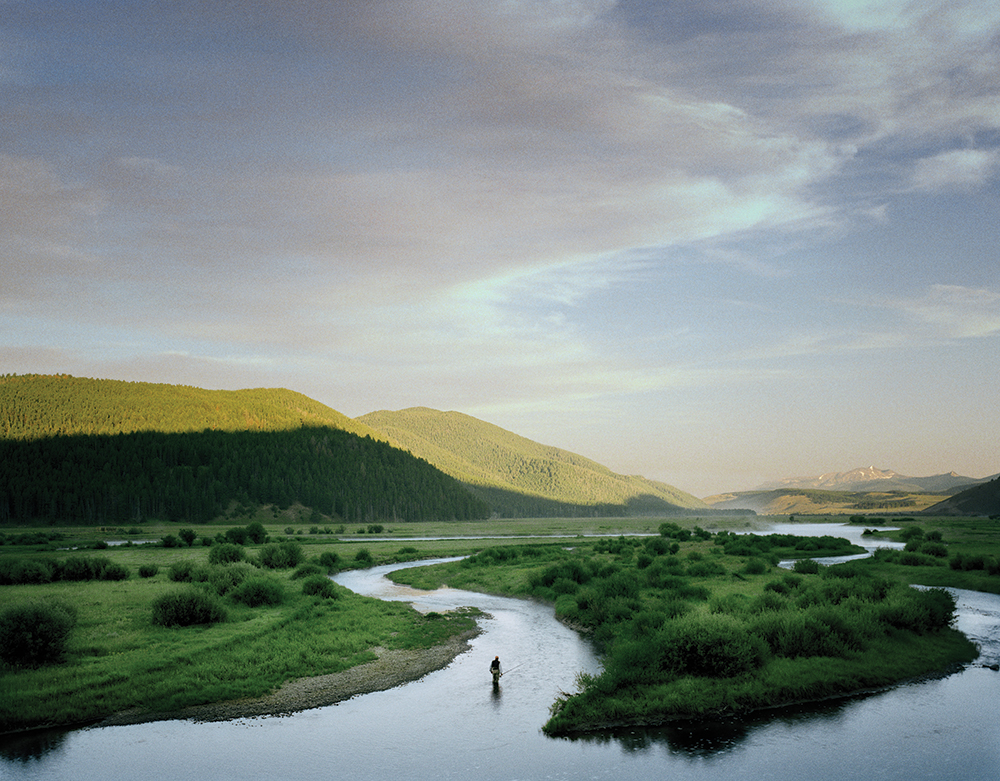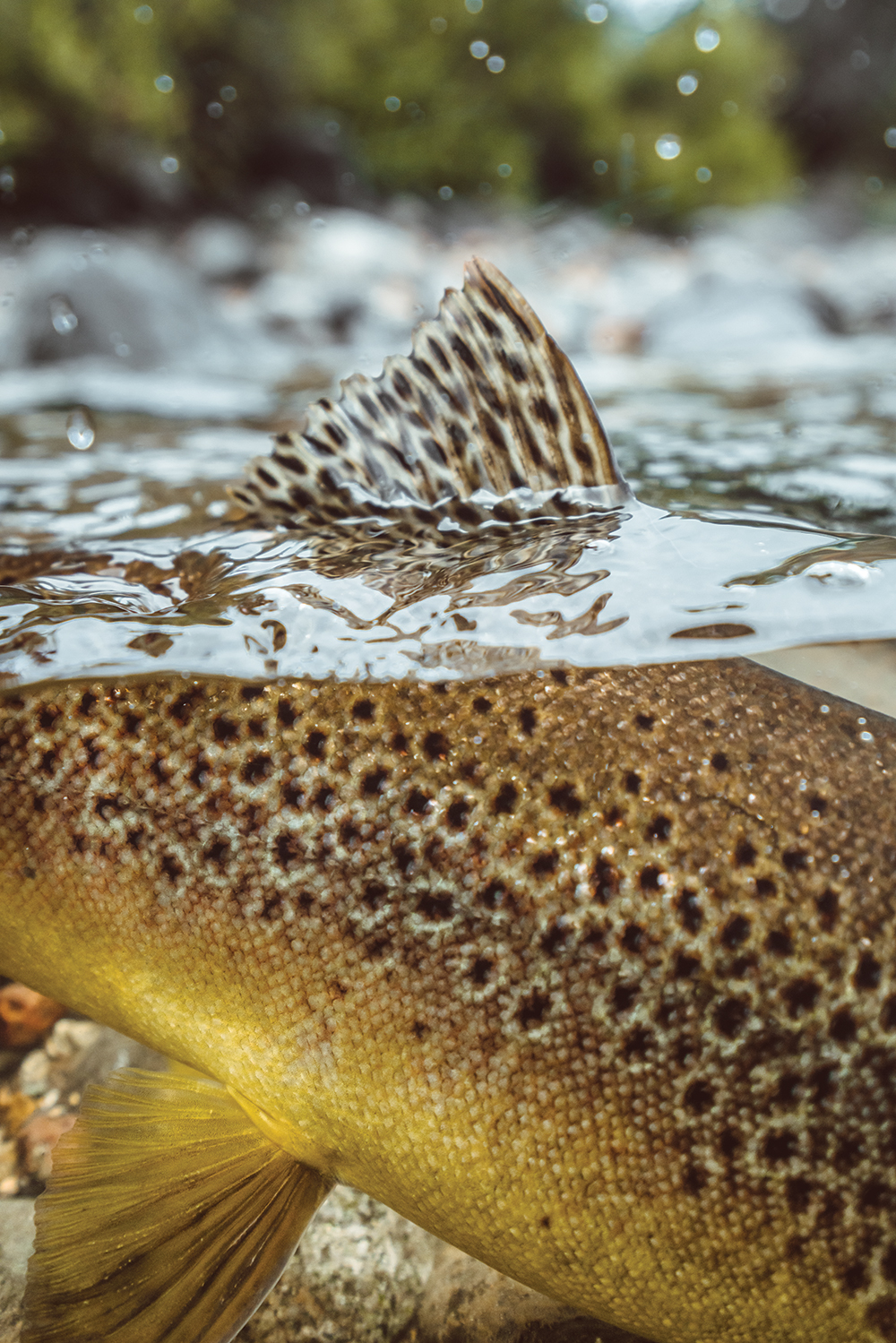Philosophy Afield

The Socratic Method is legendary among thinkers, teachers, and even lawyers, though the last of these only asks the questions to which they already know the answers. A Socratic purist asks questions in something of a cooperative but challenging dialogue to foster critical thinking and distill ideas into universal truths if such things even exist. The classroom most closely mimics the Socratic model, Plato’s Dialogues, but even quiet corners of cocktail parties often bring opposing minds together to “solve all the world’s problems,” as it were. With cable channels filled with echo chambers and confirmation-bias silos, we seem to devalue critical thinking like it’s a third-world currency, leaving us all the poorer for it. But before you go thinking this is some deep, philosophical diatribe and flip over to the next story, it’s worth noting that I, an upland hunter of little repute, have just missed my seventh bird in a row, and that has thrown me into the doldrums. In my defense, I shoot a youth model .410 single barrel choked to full, so even when pulling the trigger, I am a conservationist at heart. As I grapple with my fading skill and competence, I begin the most satisfying of all Socratic dialogues, the ones I have with myself. While I’m sure there’s a diagnosis in my future, I relish the opportunity to ask myself the tough questions, like wouldn’t I be happier wading a trout stream right now? And there it is, a philosophical conundrum in living technicolor. Let’s wrestle, shall we?
First, let’s consider the many reasons we cherish the upland lifestyle, itself an almost Epicurean enterprise. Among the Greeks, Epicurus lived philosophically just down the block from Hedonism. His legacy is characterized by a fondness for “sensual enjoyment, especially that derived from fine food and drink.” To paraphrase David Allan Coe, “If that ain’t upland, I’ll kiss your ass.” After all, what’s better than a walk in the open air on a sunny day, following dogs on the chase and birds on the wing, punctuated by great food, the perfect wine, and then cigars and bourbon to ignite the storytelling and fuel the hyperbole?

Then there are the details to consider. The gear, for example, is part of the attraction, from a .410 single-shot quail gun and a pair of comfy snake boots to a proven set of tin-cloth chaps and a familiar 12-gauge double gun, both worn in all the right places from years of chasing pheasants through prairie grasses and cornfields. The sporting life is aspirational, so we celebrate the gear at all points along the economic spectrum. If we’re shooting a Beretta 686 with a smattering of success, a little voice in the back of our head—though rarely from our wallet—tries to convince us that we would shoot better with a Merkel. And once you make that leap, can the longing for a Purdey or a Holland be that far away? Before you know it, you’re strung out on marketing emails from secondary markets in London best guns, rationalizing a third mortgage, and downplaying the necessity of college for your child’s future success. Dark days, indeed, but we like the gear. We cite ballistics stats with the same fervor as baseball fanatics recount the 1983 World Series, suggesting that the 28-gauge is ballistic perfection, but may still be too much gun for a gentleman’s quail hunt. As if.
The only other class of sportsmen who harbor this strong a gear fetish would have to be the fly fishermen. They have different rods for different conditions, sexy new reels with artistic designs and machining stocked with colorful backing and one of almost 1,000 different line configurations, each weighted for very specific purposes. And that’s before you get to the leader and tippet combinations, themselves tapered and weighted to work in concert to present a fly so compellingly that no trout can refuse it. But it gets better. Fly fishermen hold so firmly to the significance of gear that they often go to great lengths to create their own, working tirelessly at tiny vises with tiny scissors and big magnifying headband glasses, tying combinations of yarns, feathers, and beads onto small hooks. They fill small boxes with these creations and sometimes take them out to get them wet, snag them in tree branches, and hook them on rocks and debris hidden beneath the very surface they’re trying to delicately land the fly on—the same fly they spent 45 minutes and three hooks trying to tie the night before.
For the upland hunter and fly fisherman, though, there is also a sacredness to the gear, for each element tells a story, retaining and recounting a vital piece of the journey. We keep and sometimes still use the shotguns and fly rods of our youth, some of which were handed down to us along with the stories of previous generations. We carry our departed father’s or grandfather’s shotgun into the field, and we are transported back to a time when we walked and talked with those men in the flesh. We cast their rod into the stream, maybe even delivering a fly they taught us to tie, and they are once again beside us, standing knee-deep in their worn-out waders and floppy hat, offering the encouragement and wisdom we needed then and still need now.

Beyond the gear, though, there are ties that bind the upland hunter and the fly fisherman, and ones that don’t necessarily connect big-game hunters and bass fishermen, or safari hunters and deep-sea fishermen. On the surface, it doesn’t seem like this would be the case. After all, hunting is hunting, and fishing is fishing. And while the two are not entirely analogous, the audiences for these two sporting endeavors cross-pollinate with almost predictable frequency. The reason might be as simple as both activities happen in a pretty place. Trout streams and piney woods are unquestionably some of nature’s most compelling scenery, and even the CRP grasslands of the Dakota prairies can have their moments, at least before the drift fences get to earn their keep in the dead of winter. But there has to be more than scenery.
A unique part of both, relative to other hunting and fishing, is that a particular set of skills is acquired and will be required thenceforth. That’s not to say that other hunting and fishing don’t demand expertise, because they do. Once the average deer hunter learns to shoot his rifle and climb a deer stand, though, he’s nearly mastered the entire learning curve. From that point forward, only waiting is necessary, and stocking up on hand warmers. Even safari hunters remain primarily dependent on the year-round scouting of their guides and ultimately contribute simply by pulling the trigger. The same applies to the average fisherman. Once you learn the basics, the variations in crankbaits and advancements in fish-finding technologies—both of which are external to the fisherman—represent the real meat and potatoes (an odd metaphor, admittedly) of the fishing game. Even the average deep-sea fishermen rely on the work of their guides because they’re the ones who know the wrecks and the reefs and the other structures that attract the fish. These realities don’t lessen the pleasure of those types of hunting and fishing but can limit our growth in the sport, mainly because we become almost passive participants. One possible exception is that we must actively drain the cooler of its original contents before refilling it with caught fish. So there’s that.

The more active bird hunting requires the acquisition of a set of skills that will continue to challenge the hunter differently with every covey rise and rooster flush. The elements will be different, the birds will fly in response to various stimuli, and the conditions may make the birds almost invisible to the dogs—all of that before the hunter even shoulders a gun to demonstrate his skills or lack thereof. There are lots of moving parts. And even if the guide puts you right on the birds with the best dogs possible, they don’t control anything that won’t respond to an electronic collar. The same is true for fly-fishing. Guides are great for putting you on the fish, and they can even polish up your casting skills and tie the right fly onto the end of your tippet. They can even tell you exactly where to drop that fly so delicately, but they can’t cast it out there for you. Okay, they can, but then it doesn’t really count, now does it? In the same way casting skills are developed and honed over time and experience in the stream, shooting skills are cultivated and polished afield, under various conditions, with the expectation that birds will flush and fly differently every time. That’s part of the magic.
Another part of that magic is the physical connection that a man or a woman establishes with the animal world. Part of that connection is made with the birds as we honor the harvest that nourishes us. The same is true at a profoundly philosophical level with all hunting. In the upland world, though, we connect with the dogs in a partnership that is both necessary and enriching. Without the dogs, we’d have a more difficult time finding the birds, making the hunt more like a hike with the occasional shooting. But there’s more to it. We, the dogs and the hunters, grow as individuals through the partnership, building mutual trust and appreciation for each other, even though we don’t speak the same language. We honor the passing of our dogs as only humans can do, and we give them immortality by telling their stories long after they’re gone, both the good ones and the bad ones. We also tell our dogs sensitive things in the strictest of confidence as they watch us from the passenger seat of the truck, knowing that they’ll take those secrets to their grave and love us all the more for it. Such unconditional love is a philosophical salve for humans, and we could all use a little more of it.

Fly-fishing offers a similar philosophical experience, and one that is foundational to the human experience: man versus nature. It would be easy to cast the stream itself into this role, as wading into rushing water over the uneven and unseen ground beneath can be treacherous. But it goes deeper. So maybe you add the tree branches that seem to reach out into the water and grab your flies, typically winning nature’s conflict with man, as evidenced by the seasonal array of line and lure adorning the stream-side flora that borders the productive streams. [Insert heavy sigh here] Tourists. We cast the fish, though, in the leading role in this edifying conflict, at least when we are lucky enough to hook them. It is the struggle we face when stripping line and feeding line in response to the fish that is both tactile and enlightening for us. In it, we face an equally gifted foe, wily and wary in his domain, fighting the good fight against what many see as the top of the food chain. He uses every instinct and skill he possesses to cut the line on a rock or release the tension enough to spit the hook back at us. Many times the fish wins, and he is all the wiser for our troubles. Even when we win, we often release the fish back into the stream to fight another day.
Catch and release is a philosophical choice, an abstraction of our primal instinct to harvest game to feed ourselves, similar to the decision we make to harvest only one or two from the rise of an established covey. In making these choices, we delay immediate gratification—bird or fish in hand—in exchange for the promise of another point, another flush, another rise of fish or fowl that invariably stirs the senses and reconnects us with nature. That promise also strengthens our connection to family and friends who celebrate the harvest with excellent food and drink. Epicurus would be proud.


Originally published in Volume 9, Number 3 (April-May 2021) of Covey Rise.
























